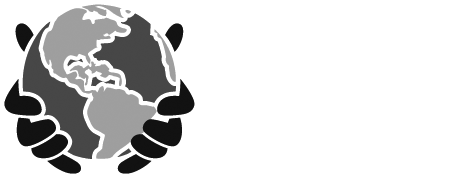
ANIMAL REHABILITATION & VETERINARY
THE SITUATION
Animal rehabilitation and veterinary work is important because illegal wildlife poaching and trade is on the rise and threatens our efforts in conservation. To give you an example in 2011, thirteen different illegal ivory seizures were carried out. The weight of the ivory was estimated to be over twenty three metric tons. This equates to represent twenty five hundred elephants that we brutally murdered for the sole purpose of the ivory trade. Not only is wildlife trade a global crisis, it is illegal and unsustainable and has a staggering impact on the survival of our planet’s species. As responsible citizens of this planet, it is time for us to end poaching and illegal trade. We need to educate the local communities to be aware of the challenges these animals encounter. By providing education, we can help decrease the desire for trade and begin to decrease the likelihood for animal rescue centres while assisting with conservation efforts. If we do encounters wounded wildlife, we must act to help these animals that are injured due to maltreatment or natural causes in order to conserve them and give them a fighting chance to reproduce. In most cases wild animals hide their injuries and illnesses as a survival instinct for as long as possible. Once the wildlife is brought to a rescue centre, it is usually an emergency situation. The volunteer programs we offer aid with these efforts.
Our programs we offer will provide you with an opportunity to work with animal rescue teams and veterinarians to improve the facilities and processes at animal rescue centres to allow safe and humane care to be provided to wild animals; to rehabilitate these animals; to reintroduce those animals that are fit enough to be sent back into the wild (and to find permanent homes for those that cannot); and to educate local people regarding the plight of these wild animals, especially those species that are being trafficked or held as pets in unfavorables conditions in the hopes that this will help stem the flow of animals towards these rescue centres. As a volunteer, you will be taught how to safely handle many species, feed them, keep their enclosures clean and free of parasites, assist the resident vets with their responsibilities, and assist with the planning and execution of the safe re-introduction of animals back into their native habitat, and in some cases monitoring movement patterns once they are released.
TO LEARN MORE ABOUT THE PROGRAMS WE OFFER, WE ENCOURAGE YOU TO EXPLORE THESE DESTINATIONS BELOW:
ELEPHANT SANCTUARY
ANIMAL CARE OR VETERINARY MEDICINE
VETERINARIAN CLINIC
ANIMAL RESCUE CENTRE
ELEPHANT CARE & REHABILITATION
ELEPHANT SANCTUARY
